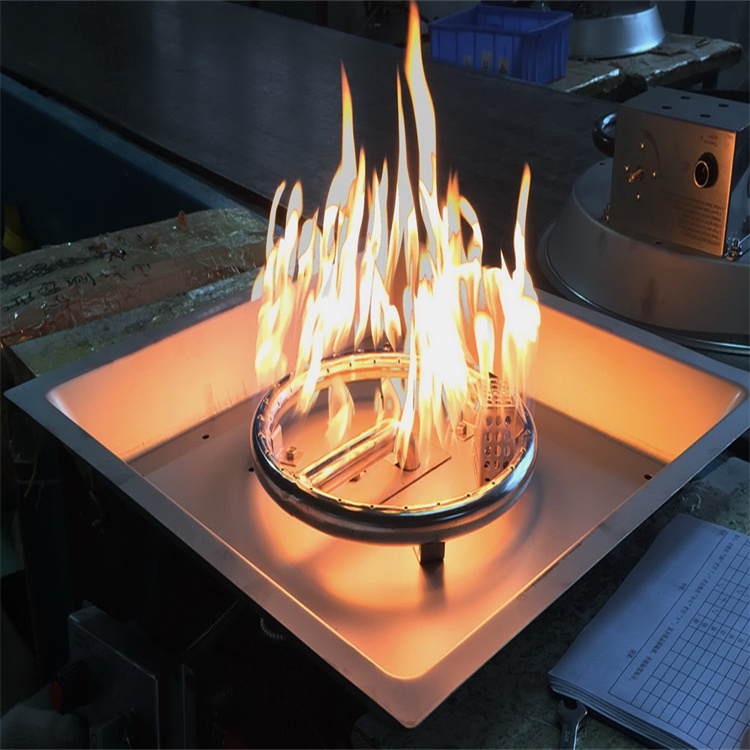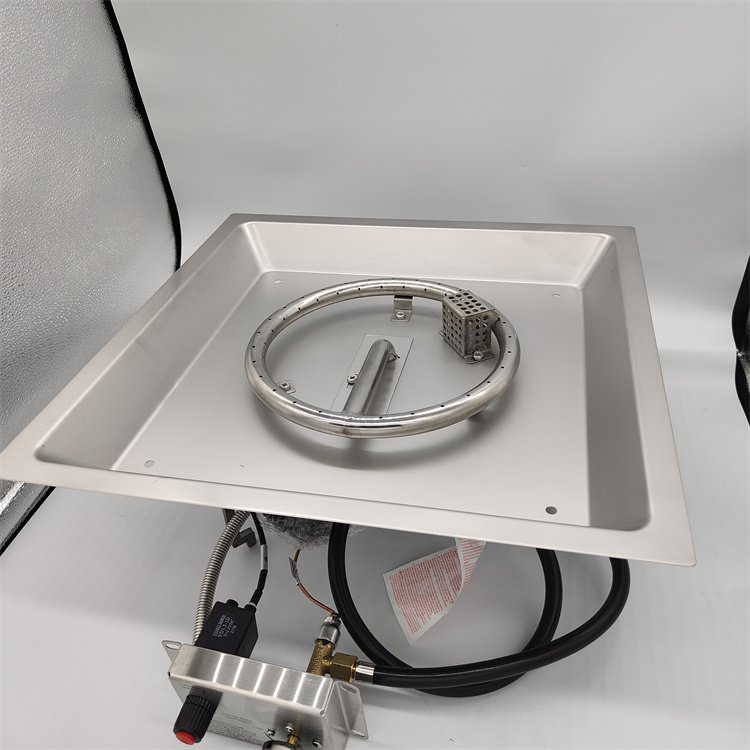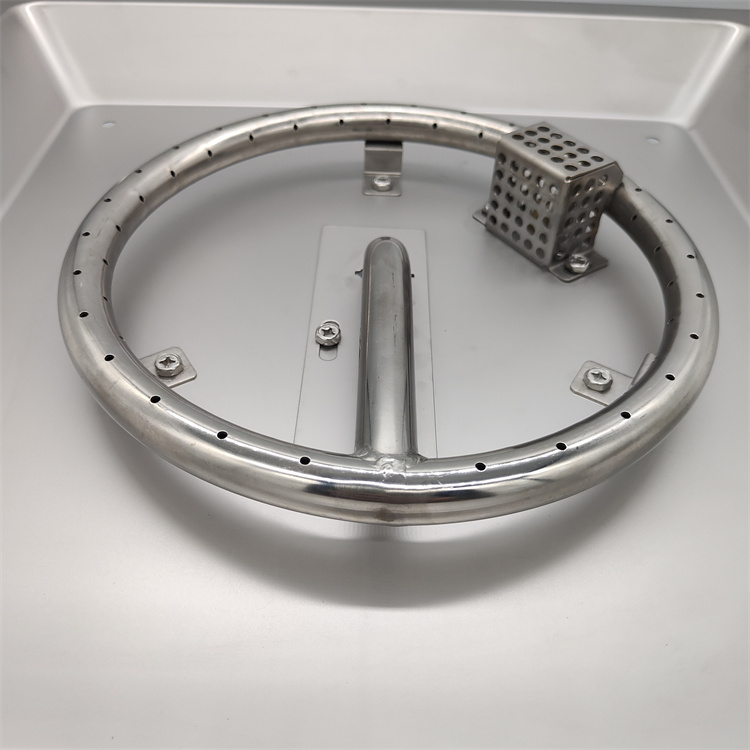Before 1950s, Spain was a paper-making country dominated by straw pulp. It had a long-term annual output of 16-18 million tons of paper, with few varieties, poor quality, and serious pollution. The average annual consumption of paper was 6 kilograms. In the 1960s, the government attached great importance to papermaking, and the state and the enterprise combined to produce a large number of eucalyptus trees and set up large-scale paper mills. It took 20 years (1960-1979) to increase paper and paperboard to 2,534,000 tons, and modernized the paper industry.
Japan has a small land area and is equivalent to only half of Heilongjiang Province in China. It has poor resources and the volume of forest area is much smaller than that of China. In the 1960s, Japan produced 4.5 million tons of paper, which was at a time when the economy was booming. There was an urgent need for the paper industry to provide paper and paperboard. Japan lost no time in developing wood-based papermaking. There are two main measures. One is to tap the potential of resources, and the other is to rely on imports. The method for tapping domestic resources is to combine paper mills, forest farmers, and wood processing plants to cut wood residues from waste wood processing in forest areas into wood chips and sell paper to paper mills.
In 1956, Japanese wood chips accounted for only 1% of wood, and since then wood chips have been rapidly developed. Later, with the development of the paper industry, the Japanese wood chip industry also developed simultaneously. Until the early 1970s, Japan produced 12 million tons of paper and paperboard, becoming the second largest papermaking country in the world. The supply of domestic wood chips has risen to more than 50% of domestic materials, or even 60. %.
Wood-based papermaking is the only way for the paper industry to grow and expand. This is true in North America and North Europe. Natural Japan is also lacking in natural forestry resources, Spain, and Spain. China is currently a country with little forestry resources, but it is still better than Japanese conditions. many. As long as we follow the example of Japan and Spain, tap existing resources, increase the overall utilization of wood, and actively plant fast-growing and high-yield forests, the wood needed for papermaking in China is promising.
HNJBL top-of-the-line Gas Fire Pit burners that will provide an excellent fire source for your picturesque outdoor firepit or your comfy indoor home Fireplace. The stainless steel Fire Pit Burner comes with multiple ignition options making it suitable for most environments.
Natural Gas or Propane? By choosing the HNJBL 480*480mm SS Drop-In ring- Fire Pit Burner System - Match Lit you receive the option of either gas type with a conversion kit provided.
With the HNJBL 480*480mm SS Drop-In H-Burner System - Match Lit there are options from size and shape to heat output. Choose based on your preference or allow for our helpful staff to assist you in the process. Buy today and notice the difference in your firing experience!
| Name |
Stainless Steel Propane Fire Pit Burner |
| Material | Stainless steel |
| Size | 800*800mm |
| Steel thickness | 2mm |
| Weight | 3.5KG |
| Packing | carton |



Packing
Packing will by carton and pallet

Square Fire Pit Burner Square Fire Pit Burner,Square Log Burner,Square Fire Pit Burner Kit,Square Fire Pit Insert Kit
Henan Jinbailai Industrial Co.,Ltd , https://www.gardensteelarts.com